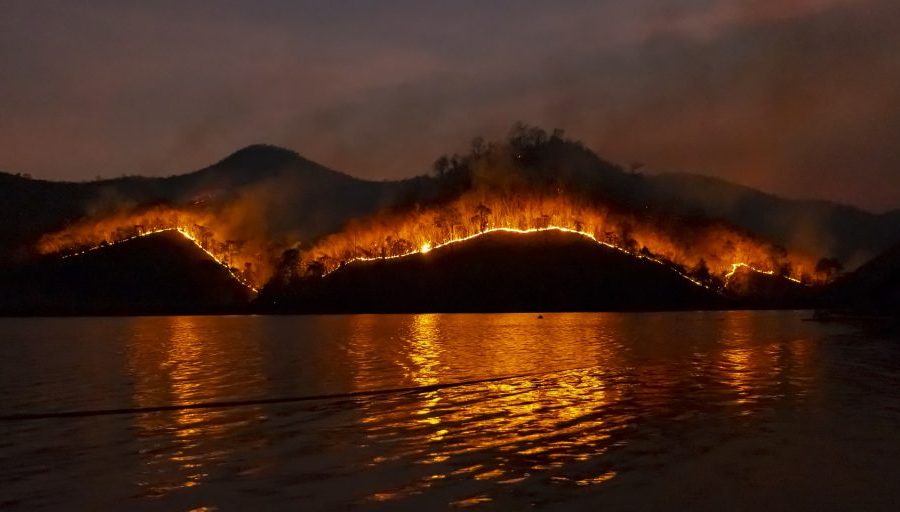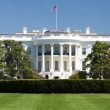Report: Technology can aid wildfire response that’s ‘stuck in the last century’
With each passing season, the growing threat of wildfire and its impact on life safety, property, and the economy is underscored by dramatic fire events that ecologically alter entire regions, uproot communities and cost taxpayers billions of dollars. Last year, 68,988 wildfires burned 7.6 million acres of American land. And as of the end of February, about 3,500 wildfires have already scorched more than 28,000 acres this year.
Mitigating the impact of wildfire has emerged as a primary priority for western and southern administrators at all levels of government—from federal agencies to local, Tribal and county officials. In this effort, technology can play an important role. A new report from the President’s Council of Advisors on Science and Technology (PCAST), a council charged by each administration with a broad mandate to advise the president on science and technology, recommends modernizing wildland firefighting.
Recommendations include adopting “advanced technologies that will improve situational awareness on the scene of active fires,” addressing communication shortfalls through interoperable communication tech, expanding satellite research, utilizing drone technology, and establishing a joint agency “to spur development and deployment of wildland firefighting science and technology,” according to an explainer from the White House.
Intra-agency and cross-sector collaboration—including private organizations, commercial industry, state and local governments, and defense technology providers—is a fundamental tenet outlined by the council.
“This could be a rallying call,” said Anthony Robbins, NVIDIA’s federal division vice president. “In this government space, we always look for senior leaders, councils and advisors, and subject matter experts to provide direction and focus.”
The focus by the council on technology is notable because it represents a shift toward preventing wildfire through management decisions grounded in data and input from first responders. The recommendations were developed after extensive engagement “with dozens of wildland firefighters, from frontline hand crews and smokejumpers to incident commanders and resource allocators,” according to a letter written to President Joe Biden by the council. “Their perspectives have been complemented by discussions with subject matter experts throughout the federal government, the private sector, and academia. Based on this outreach, we see exciting new opportunities to make the job of wildland firefighting safer and more effective.”
To read the complete article, visit American City & County.

















